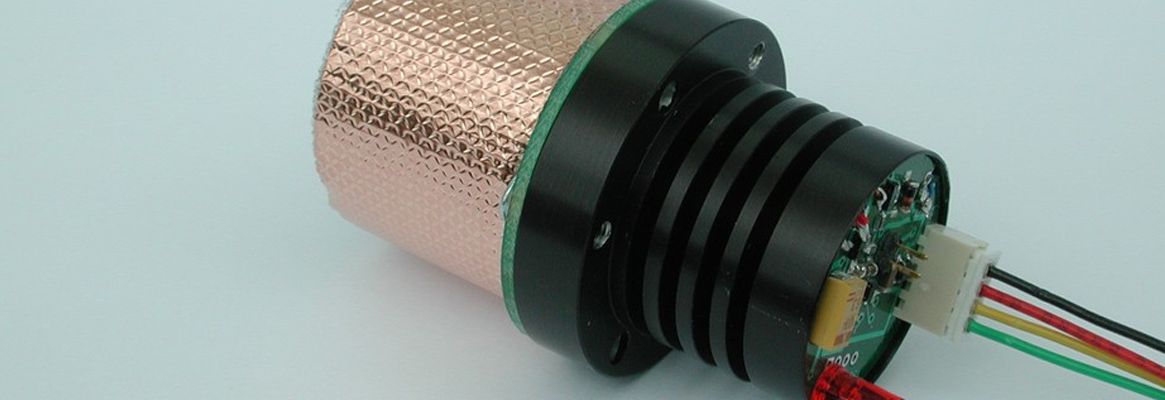By: Xing-Xiang Zhang and Na Han
Abstract
Thermo-regulated fibres can response to ambient temperatureand maintain the microclimate equilibrium. They can be applied in wide varietyarea, such as aerospace, military and medical etc. Many processing technologiesfor producing thermo-regulated fibre have been developed since 1971. There arestill some defects and deficiencies in each method, however. With the aim at producing a environment friendly, high efficient and low costly thermo-regulated fibre, the scientistsall over the world are exploring constantly.
Introduction
Thermo-regulated fabrics are a kind of functional textilecontaining low temperature phase change materials (PCM) or microencapsulatedphase change materials (MicroPCMs) [1], or a kind of block copolymer product with segments that change phase at low temperature [2].
The thermo-regulated fabric absorbs heat energy when theambient temperature is higher than the melting temperature of PCM and slowsdown the temperature rise of the fabric. The fabric releases heat energy whenthe ambient temperature is lower than the crystallization temperature of PCMand slows down the temperature descending of the fabric. This cycle process of absorbing, storing and releasing latent heat maintains comfortable temperatureequilibrium within the microclimate between the fabric and the skin.
Thermo-regulated fibres (TRF) have attracted more and moreattention recently [1, 2]. Several manufacture processes, such as impregnating hollow or non-hollow fibres with PCM solution, wet-spinning, melt-spinning andelectro-spinning, etc. were used to fabricate the thermo-regulated fibres. Thebenefits and drawbacks of every process were not reported, however. Thestructures and properties of these fibres were reviewed in this paper.
About the Authors
The authors are associated with Tianjin Municipal Key Lab ofFibres Modification and Functional Fibres, Institute of Functional Fibres, Tianjin Polytechnic University, China
The paper was presented at the 2008 InternationalScientific Conference on Smart Textiles. Courtesy: The University College of Boras, (CTF, The Swedish School of Textiles)
Originallypublished in New Cloth Market; May 2009





_Small.jpg)

